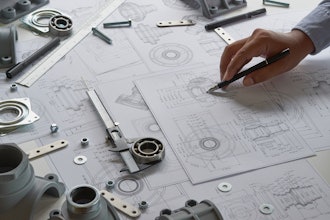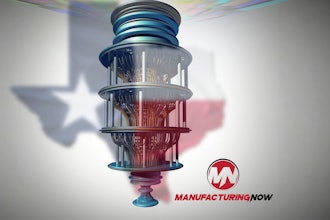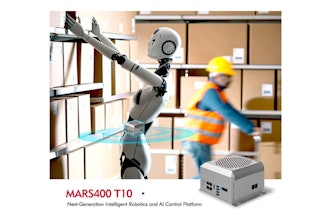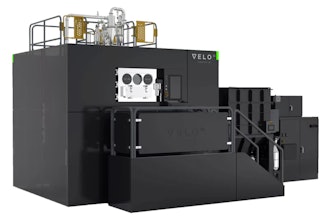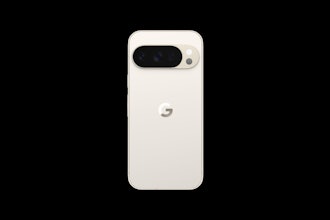Sensor Saves Babies in Hot Cars
University of Waterloo researchers have created a new device that takes a small, cheap sensor and solves a sometimes-heartbreaking problem.
More than 50 children have died in hot cars in 2019, and more than 100 dogs and other animals have died from heat-related causes over the last two years.
This new device combines radar with artificial intelligence to detect humans and animals alike, and in testing, it has worked with 100% accuracy.
Only three centimeters in diameter, it is designed to detect even the smallest breathing movements from living beings. The component will eventually mount to rear-view mirrors or ceilings.
When a child or animal is left in the car, the system will stop the doors from locking and sound an alarm.
The wireless, disc-shaped sensor was funded in part by a major automotive parts manufacturer that plans to bring it to market by the end of 2020.
Researchers are now trying to use it to monitor drivers for fatigue, distraction and other impairments. It could also be used by companies like Uber to determine the number of people, and their location, in the car.
First You Print It, Then You Shoot It
Tubulanes are theoretical structures that exhibit extraordinary strength because they are made of cross-linked carbon nanotubes.
Researchers at Rice University's Brown School of Engineering recently 3D printed structures based on tubulanes, and they tested their strength the only way a red-blooded American institution knows how: they shot them.
Tubulanes were first theorized in 1993. While this isn't the exact design, the structures are like really close cousins. The lightweight design is porous but almost as hard as a diamond.
In tests, the structures performed up to 10 times better than a solid block of the same material.
When the researchers shot a projectile at the blocks at 12,974.2 mph, the tubulane-like polymer structures stopped the bullet by the second layer with no significant damage to the structure. Bullets fired at the same speed cracked the entire reference cube.
Tests in a press also showed how the tubulane-like blocks collapse into themselves without cracking.
According to the researchers, the only thing holding back these structures printed in metal, ceramic or polymer is the size of the 3D printer.
The designs could soon lead to better materials for a host of applications, most notably in oil and gas, as well as the aerospace and automotive industries.
These Toilets Will Know Everything About You
Smart toilets on the market today primarily boast energy savings with more accurate flushes, or simple luxuries like a seat warmer or massaging bidet.
Researchers from the University of Wisconsin and Morgridge Institute for Research are working on a smart toilet with knowledge that extends beyond the basin.
The team is working on a proof of concept smart toilet that would analyze your urine to keep tabs on your health.
Metabolites in the urine have known associations with 600 human conditions, everything from diabetes to cancer. Your pee knows everything about your eating habits to exercise as well as the medication you use and even sleep quality.
The team conducted a pilot study on themselves. Professor Joshua Coon and data scientist Ian Miller analyzed 110 samples collected over 10 days and found that it tracked everything from coffee and alcohol consumption to when they took Tylenol.
The Coon Research Group is now designing a toilet that will incorporate a portable mass spectrometer that can recognize the user and process samples. They say it's "a bit Rube Goldberg-like" but functional, and they plan to install the toilet in their research facility.
Coon believes the "smart toilet" concept could have significant health implications for the global population. If you pair it with efforts from the Gates Foundation to reinvent the toilet, we just might save the world, one toilet at a time.
While the proof of concept will likely cost tens of thousands of dollars, the price would probably come down with mass-market adoption. How many people are in the world now? 7.7 billion.








